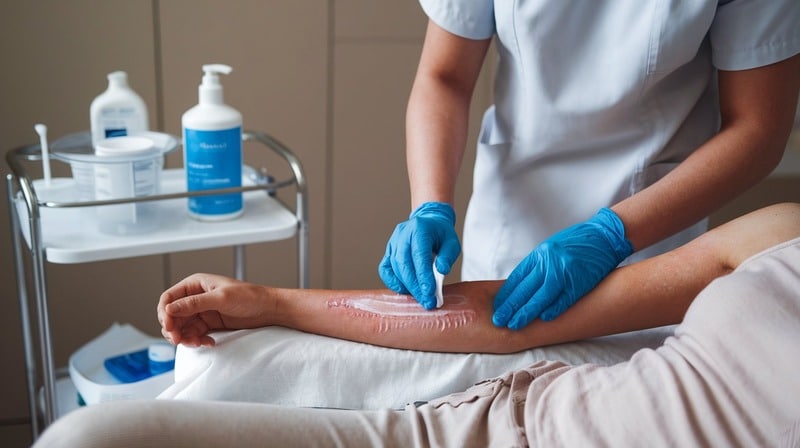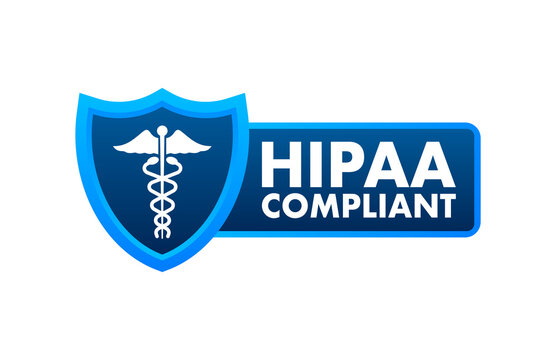You’re red as a lobster, feeling like you’ve been roasted on a human-sized skillet. The beach day that seemed so perfect has turned into a painful nightmare. Your skin is burning, you’re dizzy, and you’re wondering: Is this just a bad sunburn, or something more serious? The good news? Not every sunburn requires a hospital trip.
But some definitely do. This guide will walk you through exactly what to look for, how to know if urgent care is your best bet, and when you need to head straight to the emergency room.
Table of Contents
ToggleUnderstanding Sunburns: More Than Just Red Skin
Let’s discuss sunburns. They are not merely something to be dealt with for appearances’ sake. When your skin takes on that furious shade of red, it signifies a major assault on your skin’s cells and an inflammatory response.
The components of sunburn severity are known well enough. There is the mild reddening of the skin, which serves as the body’s first line of defense in the attempt to halt any further cell damage from UV light (you can imagine how bad the situation is when the body’s alarm goes off and you don’t get to enjoy the sun without an SPF).
Not All Sunburns Are Equal
A first-degree sunburn is the common redness we see, and it feels warm to the touch. A second-degree sunburn? That’s when things get real. You’re going to see big, painful blisters. Intense redness with some sections looking inflamed. Maybe even some swelling, if this is a hot-off-the-press burn.
Most people understand that these deeper burns hurt a lot when they happen and while healing. But there’s something that often doesn’t get talked about: sunburns, especially the second-degree kind, do more damage than we realize.
You May Like: Should I Go To Urgent Care For A Tick Bite?
When Should You Be Concerned?
Signs to watch for include widespread blistering, a high fever, or chills. These and similar symptoms suggest your body may be doing more than just fighting a surface-level burn.
They could indicate a serious heat-related condition with a fancy name-hyperthermia-that most people simply call heat illness. Heat illness comes in several varieties, some of which are life-threatening, and all of which require immediate medical attention at a local urgent care facility.
Heatstroke: The Silent Danger Lurking Behind Sunburns
Heatstroke is a serious, potentially deadly condition that can sneak up on you when you least expect it. Most people think it’s just about feeling really, really hot. But there’s a lot more going on that’s dangerous and not easy to reverse. Your body’s internal temperature regulation system goes haywire, and suddenly you’re teetering on the edge of life and death.
Often, people miss the symptoms of heat illness. They include:
- confusion
- altered mental state
- rapid breathing
- racing heart rate
These aren’t just minor inconveniences. They’re red flags that your body is struggling to cope with extreme heat. Urgent care professionals are trained to recognize these signs and intervene quickly before the situation becomes critical.
Can Urgent Care Really Help? What to Expect
If you walk into an urgent care facility near you with a serious sunburn or heat-related health issue, the staff will treat you as if you are a critical patient. First, they will take your vital signs. Next, they will measure your body temperature and check your hydration levels. They will then assess your overall condition.
Their findings will help them determine what immediate treatment you will need. You might receive IV fluids, for instance, or be placed in a cool room. They will most likely prescribe some degree of pain management; after all, a sunburn is one of the most painful conditions a person can experience.
Anticipate comprehensive evaluations that may involve laboratory analyses to determine your electrolyte balance and to gauge any stress your organs might be experiencing. They could employ some unique methods of cooling-like using cold wet cloths or mists-to bring your body temperature down in a way that’s safe and effective.
When to Skip Urgent Care and Go Straight to ER
Some indicators require that you seek immediate help from an emergency room. These include:
- Profound disorientation or total loss of consciousness
- A skyrocketing temperature (over 104°F)
- Convulsions
- Anhydrosis
- Breathing that is labored or not happening at all
These warning signs point to a situation that could threaten your life. They’re the kind of signs that you really need to heed if you want to stay alive. When you’re not sure what to do, do this: Call 911 (or the equivalent in your area) or just go straight to the nearest emergency room.
Prevention: Better Than Any Treatment
It is always better to prevent something than to treat it. Here are some rapid-fire strategies to keep you safe:
- Apply broad-spectrum sunscreen with at least SPF 30
- Wear protective clothing and hats with a wide brim
- Drink water, especially during the hottest part of the day
- Stay in the shade
- Gradually adjust to outdoor heat and activities
Your body sends signals-pay attention to them. A potentially hazardous heat-related medical condition can often be averted, thanks to some straightforward precautions.
Final Words
Your body gives warning signs – listen to them. While urgent care can handle many heat-related issues, never ignore symptoms that feel truly dangerous. Your health is always worth taking seriously.



